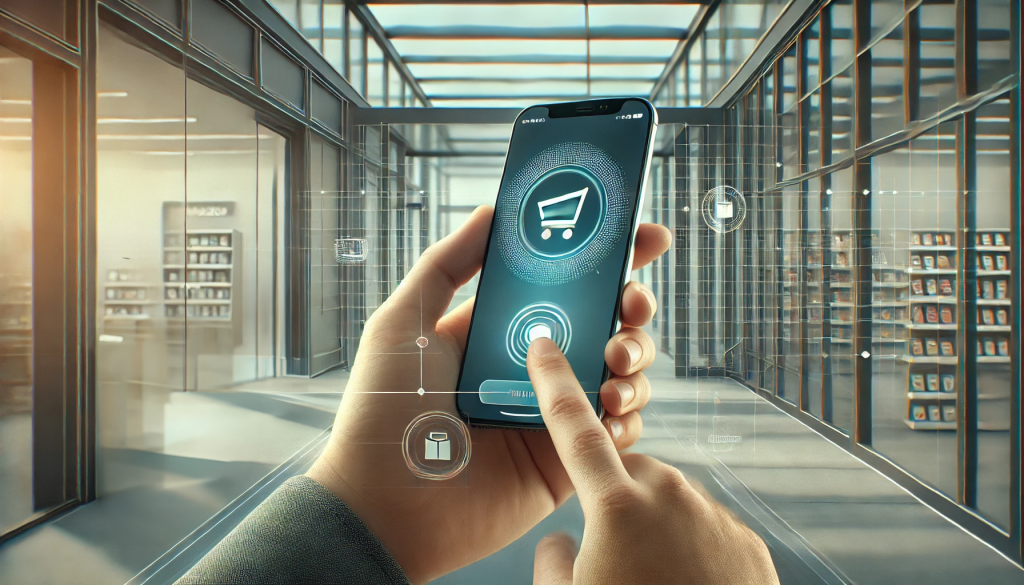Helping small businesses in retail and hospitality naturally got me really excited to learn about Amazon Go when it launched around 2016.
I saw the Amazon Go video on YouTube and shared it with my colleagues.
The idea of walking into a store, grabbing what you needed, and walking out without waiting in line felt like a game changer!
The technology was impressive – computer vision, AI, sensors – all working together seamlessly.
Plus, the potential to mitigate staffing challenges and operational costs while speeding up the customer experience was obvious to me at the time.
However, instead of seeing rapid expansion, Amazon eventually announced the closure of many locations.
After a bit of digging, here are some key reasons for that shift.
High Costs and Limited Expansion
The ‘Just Walk Out’ technology used in Amazon Go required significant investment in cameras, sensors, and AI to track customer purchases.
These high operating costs made it tough for Amazon to scale beyond a few locations.
Initially, they planned to open 150 stores by 2020, but by 2023, only about 20 were still operating.
The costs associated with each store simply made it hard to expand and maintain a larger footprint. Source: The Real Deal
Covid 19 Pandemic and Declining Foot Traffic
Amazon Go’s strategy was centered around busy urban areas, mainly targeting office workers and commuters.
When COVID-19 hit, remote work became the norm, and foot traffic in these areas dropped significantly.
This lack of customers made it difficult to keep the stores profitable, leading to several closures. Source: The Real Deal.
Technological Limitations
Even though the technology behind Amazon Go was cutting-edge, it wasn’t always reliable.
Some customers experienced issues, like being incorrectly charged or items not being tracked properly, which disrupted the seamless shopping experience Amazon promised.
These glitches, while not common, still frustrated customers and made the process less smooth than expected.
According to sources, these technological limitations further added to the difficulty of expanding Amazon Go. Source: blu-digital.co.uk
Limited Appeal and Customer Preferences
The cashierless model, while innovative, didn’t appeal to all shoppers.
Amazon Go focused on quick, grab-and-go purchases, which limited its appeal to those looking for broader product selections or a more traditional shopping experience.
Additionally, some customers missed the personal interaction with cashiers, which Amazon Go’s automated model couldn’t provide. Source: RetailWire
Competition from Simpler Solutions
Amazon Go also faced stiff competition from retailers who implemented simpler, cheaper alternatives like self-checkouts and mobile payment options.
These methods offered similar convenience without the need for Amazon Go’s expensive infrastructure, making it harder for Amazon Go to compete in the long run. Source: RetailWire
Amazon’s Shift in Priorities
Over time, Amazon shifted its focus toward other ventures like Amazon Fresh and Whole Foods, which offered more product variety and were easier to scale.
As a result, Amazon Go became less of a priority, and the company reduced its plans for expansion.
This shift likely contributed to the decision to close some Amazon Go stores and take a more cautious approach to physical retail. Source: RetailWire.
Conclusion
Although Amazon Go didn’t fully succeed, it may just be a temporary pause!
With advancements in AI and robotics, it’s likely we’ll see a more cost-effective and scalable version of this concept in the future.
Amazon, known for innovation, might bring back a revamped version of Go, or other retailers could learn from its challenges and create similar models that are better suited for mass adoption.
As technology advances, it is only a matter of time before fully frictionless shopping becomes a reality on a large scale.
Vladimir

